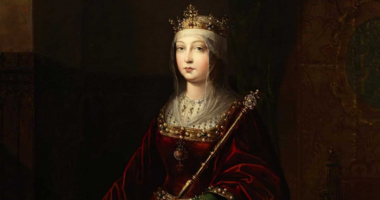Top 10 Interesting Facts About Amerigo Vespucci
Amerigo Vespucci was an Italian explorer who traveled to the New World on at least two occasions and was the first to recognize the Americas as separate ... read more...continents from Asia. He is well known for being the individual whose name was given to the Americas. Discover 10 fascinating facts about Amerigo Vespucci's life, voyages, contributions, and accomplishments in this article.
-
The credibility of letters highlighting Vespucci's achievements is seriously questioned. Some historians believe the letters were not written by the explorer, which is an intriguing revelation regarding Amerigo Vespucci. His reputation has suffered as a result of this, with some researchers assuming he stole credit for several of his findings, including claiming credit for the Americas from Christopher Columbus.
Regardless, he was a major influence during the Age of Discovery, and his discovery that the Americas were not part of Asia was crucial in establishing the world as we know it.
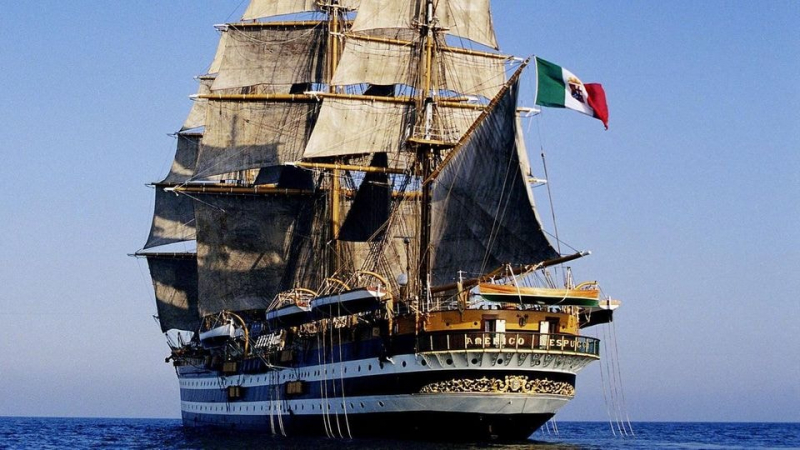
Trải Nghiệm Sống 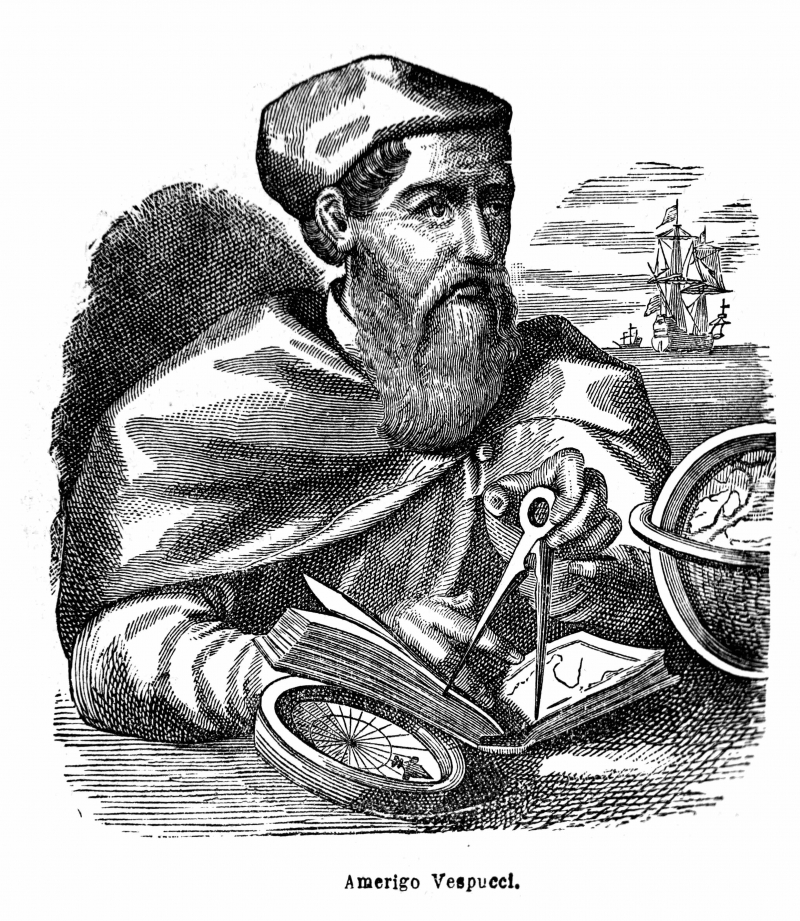
Facts.net -
And it was done by a king, no less. In 1505, King Ferdinand bestowed upon Vespucci the title of Pilot Major of Spain, as well as a large pay. Vespucci became a naturalized Spanish citizen as a result, and he and his wife, Maria Cerezo, settled in Seville, Spain.
Amerigo Vespucci was in charge of establishing a navigation school with the purpose of modernizing navigating procedures and training pupils in standardized, consistent practice. He worked for the navigation school until his death from malaria in 1512.
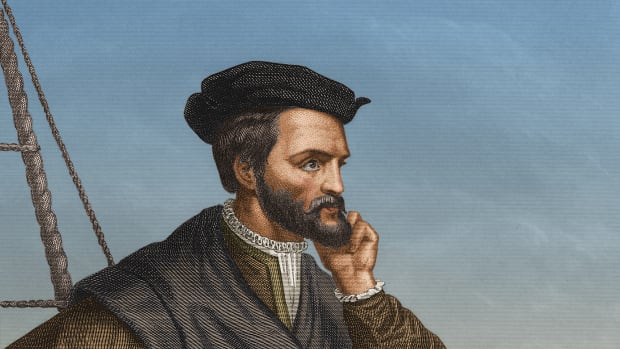
www.history.com 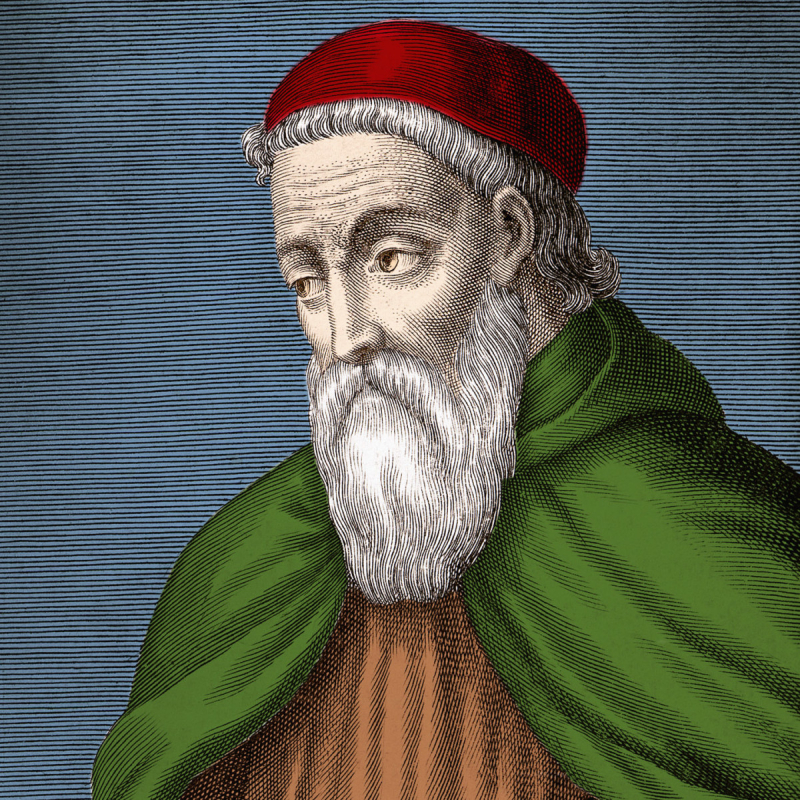
Biography (Bio.) -
Scholars have proven that Columbus had explored a new portion of Asia prior to his 1501-1502 journey. During his voyage to Portugal, he established that Brazil and the West Indies were not an extension of Asia's extreme eastern peninsula, but rather a distinct and unknown geographical mass.
He wrote to his friend Lorenzo di Pier Francesco de Medici to discuss his discoveries and convey his reservations about this remote Asian peninsula.
He refers to this as the New World in historical texts, a moniker that would stay for years to come.
Martin Waldseemuller, a German cartographer, made a global map based on the information provided by Columbus and Vespucci in 1507. He called the new continent, which had not yet been divided into North and South America, after Vespucci on his map. He offered it Amerigo's Latinized, feminized form.
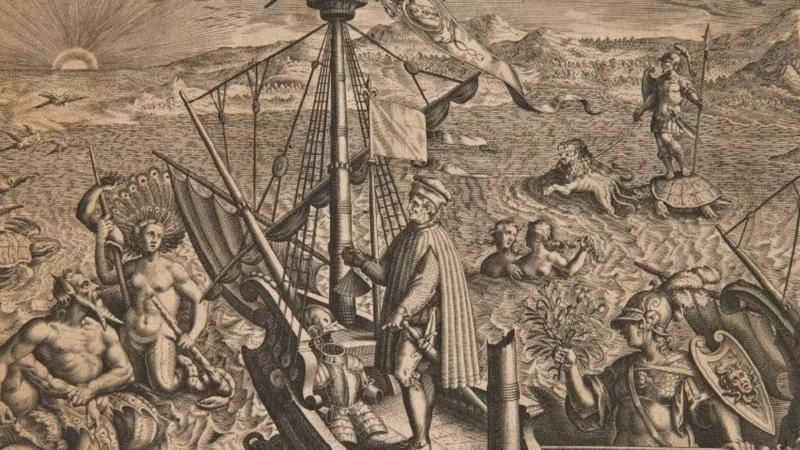
World Today News 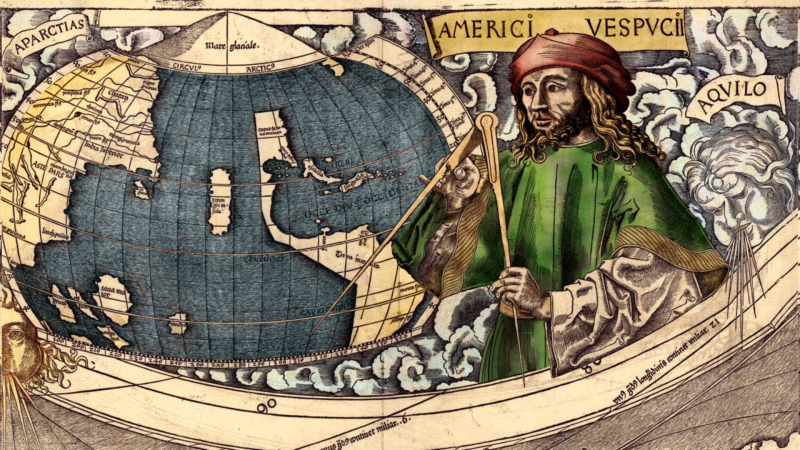
PBS LearningMedia -
When Vespucci decided to pursue exploration as a vocation, he was in his forties. While the exact number of travels he took is unknown, at least two have been established.
Amerigo was born in Florence, Italy, and was sent to work for the Medici family when he was in his early twenties. Guido Antonio, his uncle, was the family's spokesman with King Louis XI of France, and he took Vespucci along to learn the ropes.
Amerigo worked for their shipping company in Seville as a banker, then as a merchant and supervisor. Vespucci learned about exploration while working in the ship-outfitting industry, which was gaining prominence at the time.
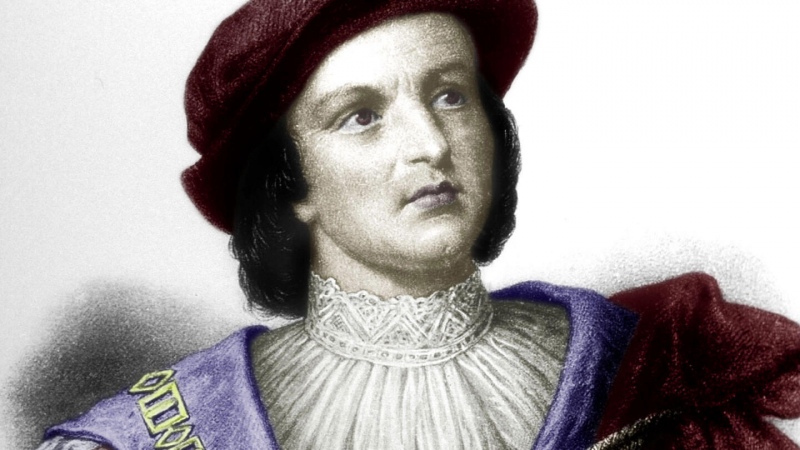
www.history.com 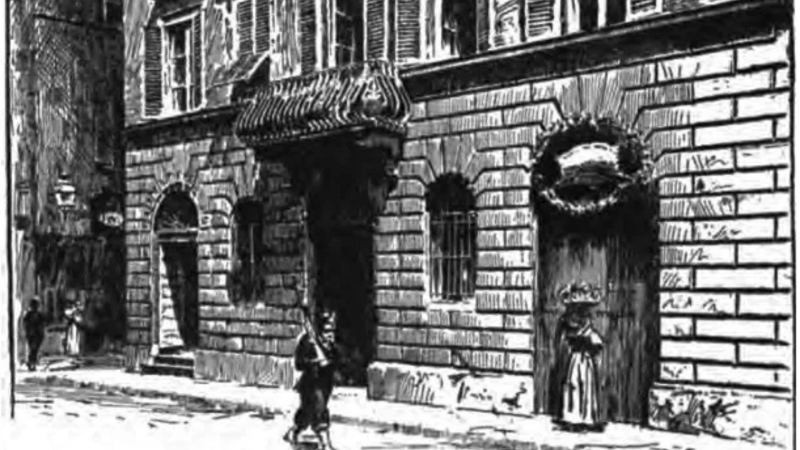
BOOK OF DAYS TALES -
In 1496, while working for the Medici family in ship-outfitting, Vespucci encountered Columbus.
At this point, Columbus had returned from his trip to the Americas. A talk between the two men, according to historic letters, spurred Vespucci's interest in exploration, which is an interesting detail about Amerigo Vespucci. Amerigo's business was failing at the time, and he knew that the Spanish king was prepared to pay explorers thanks to his contacts. According to letters and historical sources, a mid-40s Vespucci was enthralled by the prospect of seeing the world for himself—and possibly becoming renowned. He shut down his company and set out to raise money to travel the world.
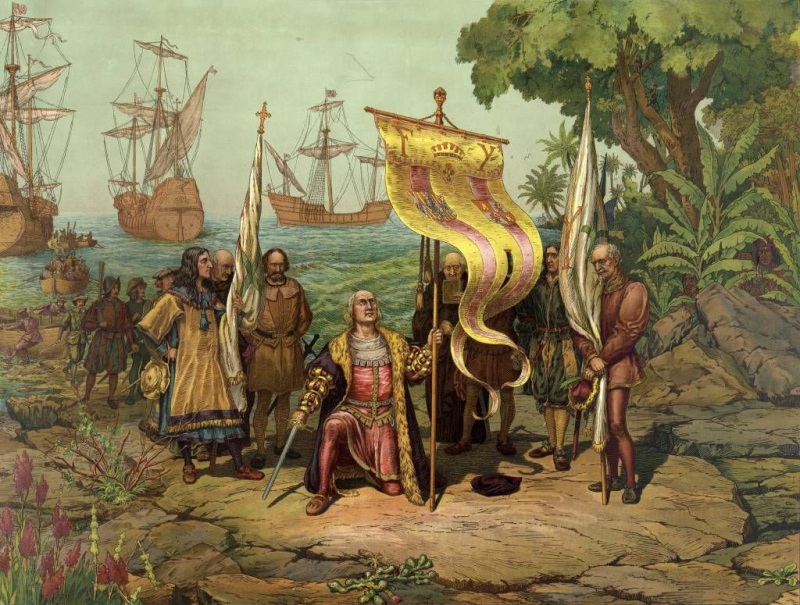
WriteWork 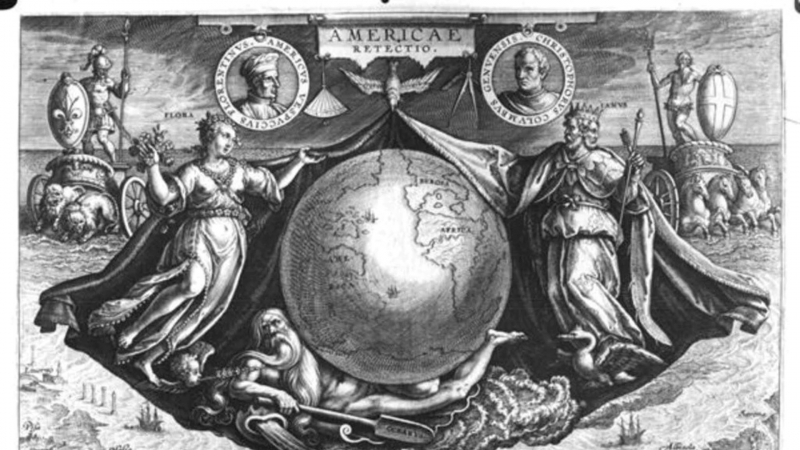
Magnolia Box -
He didn't name it after himself, but he was the first to refer to the Western Hemisphere as the New World. In 1507, Matthias Ringmann and Martin Waldseemuller used Amerigo Vespucci's name as the name of the New World for the first time.
They did so on the idea that Vespucci's published letters describing his trips to the New World had verified the existence of the Antipodes, which had been theorized since Greco-Roman times. As such, Ringmann and Waldseemuller believed it only fair that Vespucci's name be associated with the New World. The trend persisted, becoming permanent in the 1530s, when prominent mapmaker Gerardus Mercator labeled the New World as North and South America on his maps.
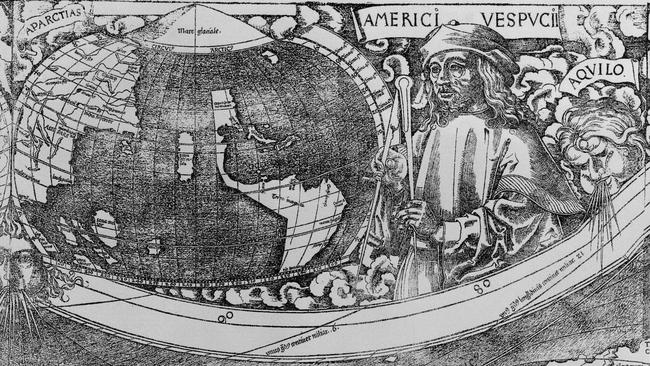
Daily Telegraph 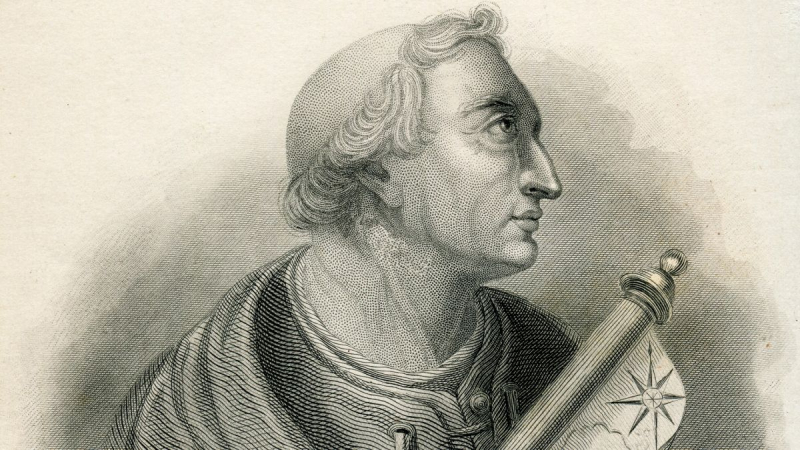
Live Science -
He spent time at the Court of King Louis XI of France, as previously noted. He did so as a member of his cousin Guido Vespucci's staff, which was tasked with gaining French backing for Florence against Naples.
Historians are unsure of Amerigo Vespucci's job on his cousin's staff, but there is evidence that he worked as a secretary for him. They passed through the Italian cities of Bologna and Milan, as well as the French city of Lyons, on their trip. Despite Guido's best efforts, they were unable to complete their goal and returned to Florence in 1481.
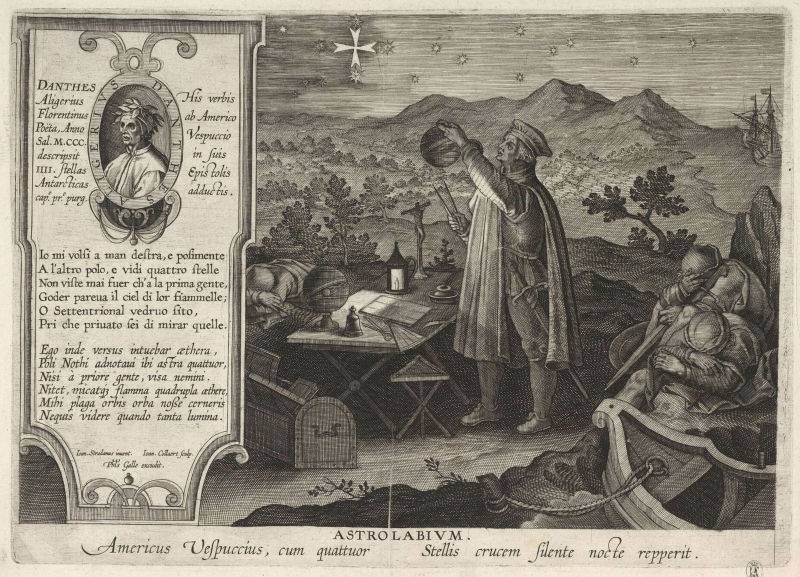
ThoughtCo 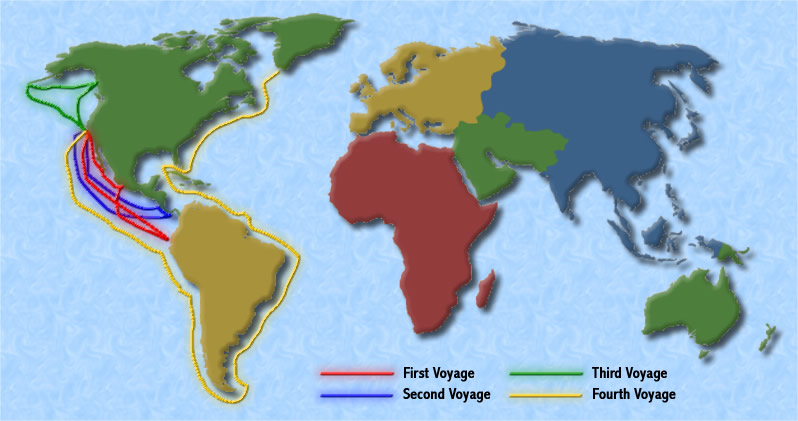
All About Explorers -
Aside from his exaggerated role, Vespucci's astronomical observations and large distances traveled records can be confusingly inconsistent at times. During the 1497 Expedition, for example, he recorded trekking approximately 5000 kilometers northwest of Honduras. They couldn't have walked that far since it would have taken them across Mexico and into the Pacific Ocean.
During the 1501 Expedition, he also made another discrepancy. He said that they turned back to Europe after reaching 32 degrees south latitude. Cross-referencing other accounts on the voyage, however, shows that they actually turned back about 25 degrees south.
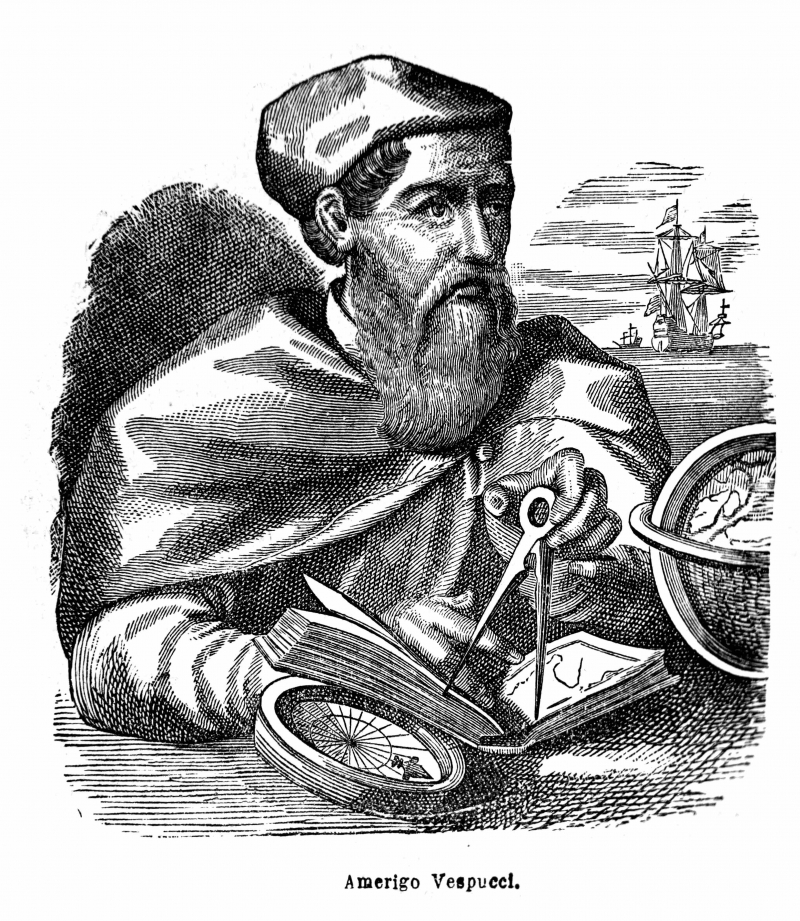
Facts.net 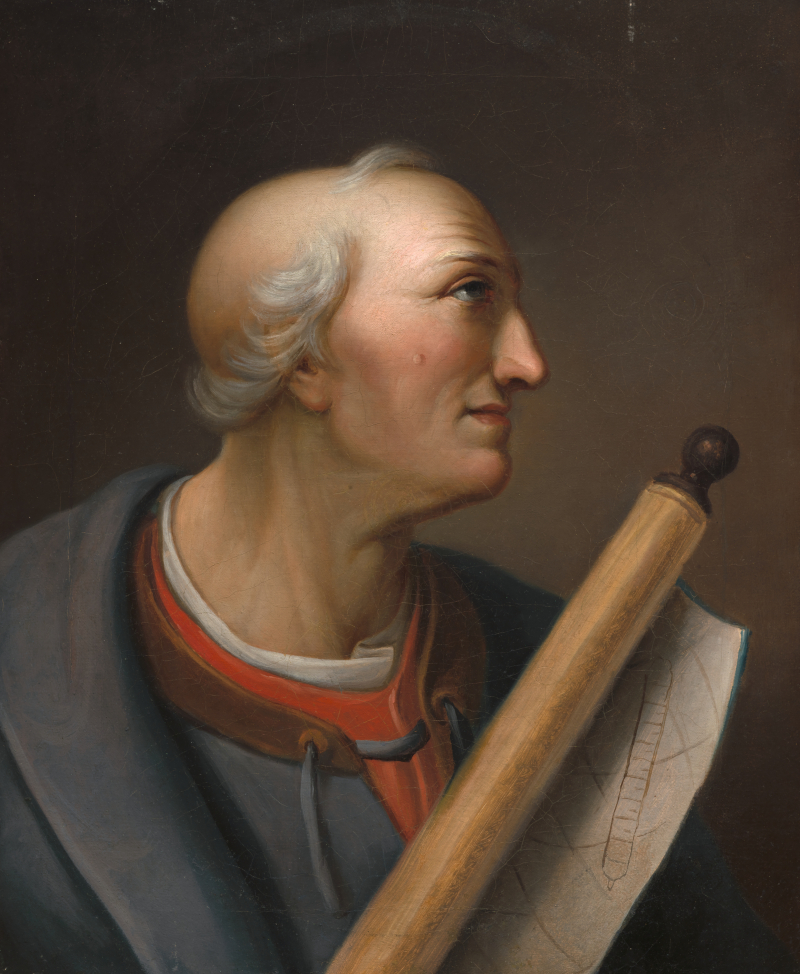
National Portrait Gallery - Smithsonian Institution -
The expedition was sent by King Manuel I of Portugal to settle the subject of claims under the Tordesillas Treaty. The pact allocated discoveries to Spain and Portugal based on a line drawn by Pope Julius II 2000 kilometers west of the Cape Verde Islands. Any discoveries made east of the line would go under Portugal's jurisdiction, while those made west of the line would fall under Spain's.
The mission, which explored the east coast of modern-day Brazil, had Vespucci as both a pilot and navigator. This trip would lead them to the current location of Rio de Janeiro. They were also ambushed by Indians, who ate one of their crew members.
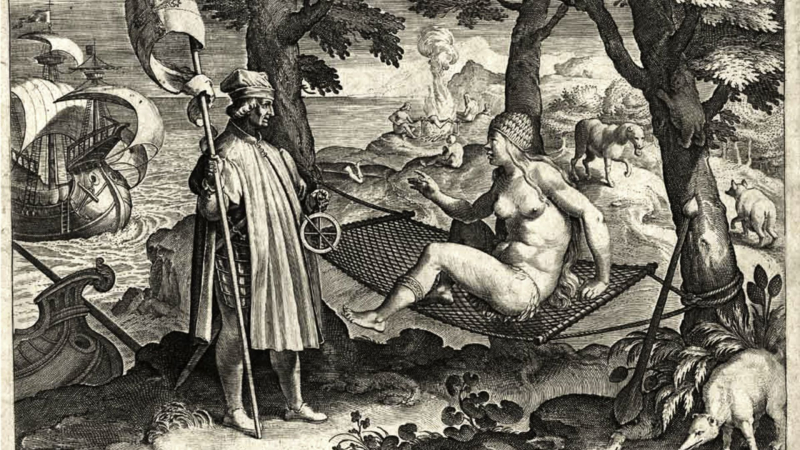
BOOK OF DAYS TALES 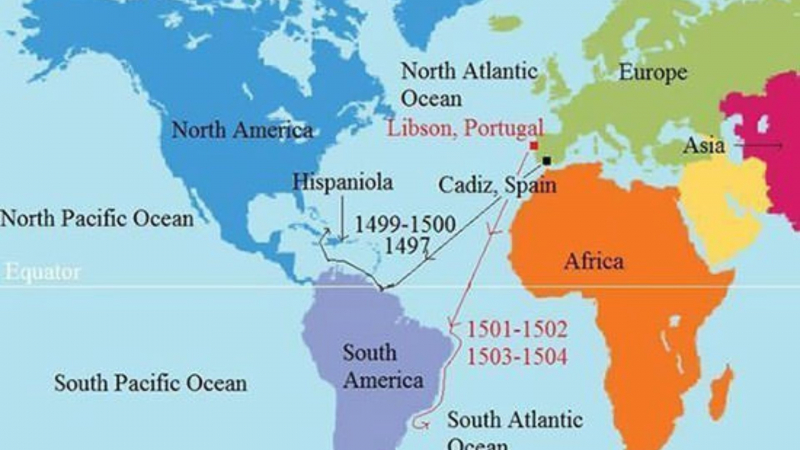
Learnodo Newtonic -
Historians are particularly interested in how Vespucci claimed to have played a pivotal role in his trips from 1497 to 1498. During his journey from 1499 to 1500, he made a similar claim. Given Vespucci's lack of long-distance sea travel experience at the time, historians believe he had a minor role in the missions.
Instead, they claim that he was just acting as an official agent for the expedition's investors on both trips. However, Alonso de Ojeda, the leader of the 1499 Expedition, did write in his journals that Vespucci assisted him as a pilot for his ship while at sea.
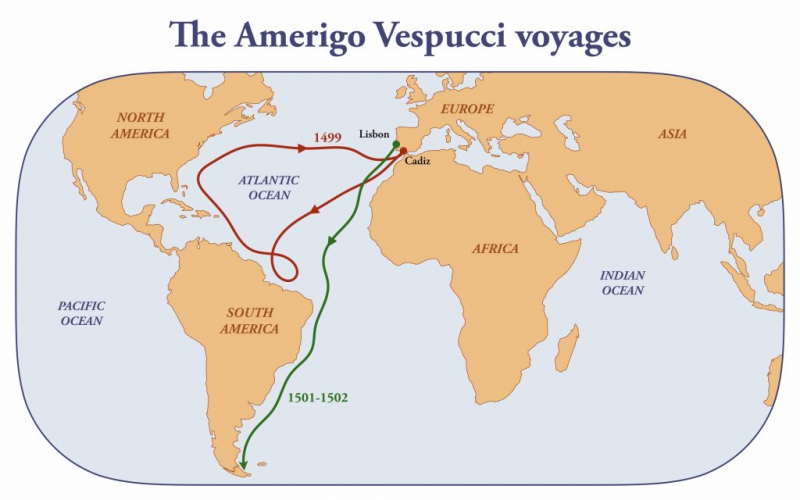
Facts.net 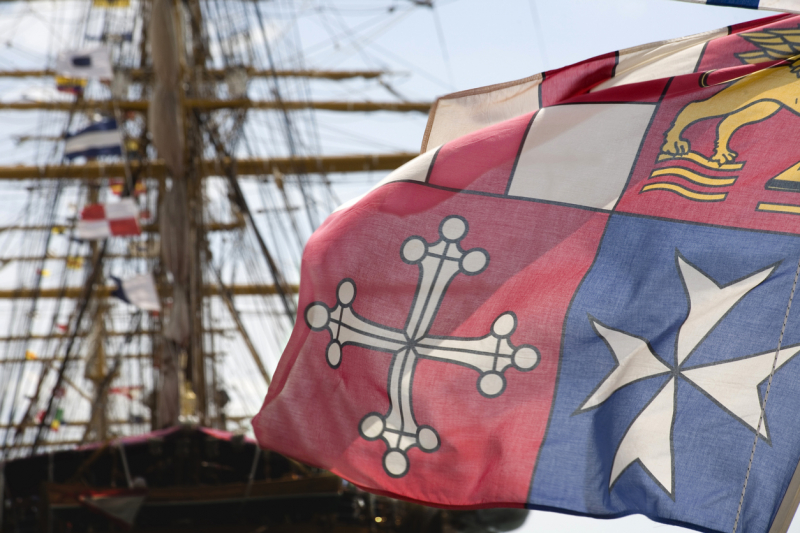
The Italian Sons & Daughters of America






























